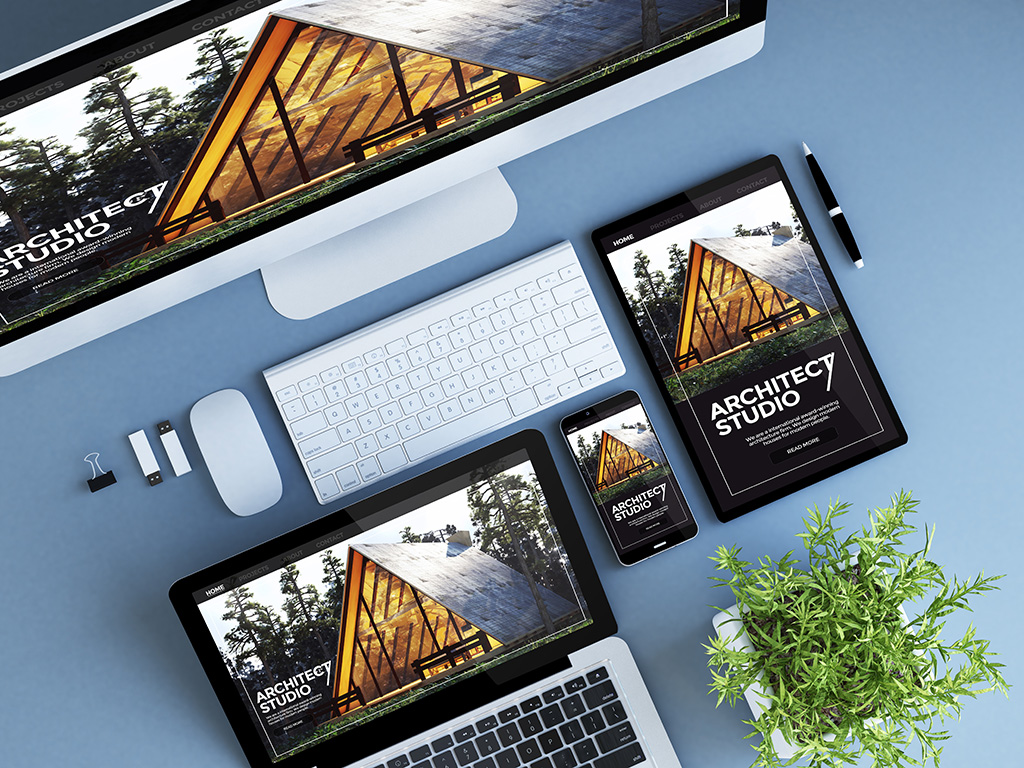Imagine This…
You’re about to throw a dinner party in your new home for all your friends. You’ve been planning for weeks, prepping for days, and you’re beyond excited to cook a delicious meal for the people you care about.
The moment is finally here – you’re all sitting down, ready to dig in – when it suddenly hits you. In all the chaos of hosting, you forgot a few crucial details: one friend is vegan, another is gluten-free, and one has a severe nut allergy.
And that trifecta is currently mean-mugging you at the end of the table, making it really awkward for everyone. You laugh nervously and announce that at least they can all eat the side salad?
Yay?
Okay, But What Does That Have to Do With Websites?
You’re probably not throwing a dinner party right now, and if you are, hats off to you… but also, maybe put your phone down. This little metaphor is here to show you why website accessibility is important, and why it should matter to you.
If you have an offer or product to sell, one of your most important tools in that process is your website. It should go without saying, but just in case: your website should be your cornerstone- the beating heart of your brand, where everything starts and ends.
It’s where your story lives. It’s where potential customers come to explore, connect, and decide whether to trust you. And it should also be where they can easily and confidently buy what you’re offering.
The Problem With Leaving People Out
But here’s the thing: all that time, effort, and love you poured into building your beautiful website means nothing if it’s not accessible to every potential customer.
Just like that hypothetical dinner party, you could have cooked the most delicious, Martha Stewart-worthy meal, but that doesn’t mean everyone can eat it.
Your website might be compelling and curated, but if someone can’t access it, they’ll never even know.
What Accessibility Actually Means
When we talk about website accessibility, we’re referring to making your digital space usable for people with different needs. That includes people who:
- Can’t see and use screen readers
- Can’t hear and need captions
- Have trouble using a mouse or touchpad
- Get overwhelmed by flashing visuals or too much content at once
Accessible websites are designed so everyone can use them, not just some.
Making a more accessible site is not only the right thing to do, it’s also a smart move when it comes to casting a wider customer net. It means:
- More people can connect with your brand
- You expand your potential audience
- You’re complying with accessibility laws and standards
- You show your business is thoughtful, inclusive, and human
Final Thoughts: Inclusion Is Not Optional
If your website isn’t accessible, you’re not just leaving money on the table, you’re leaving people out. And in a digital world that promises to bring us all closer, that’s a pretty big miss.
Think of accessibility as hospitality for the internet. You wouldn’t invite someone over and not give them a seat at the table, right?
